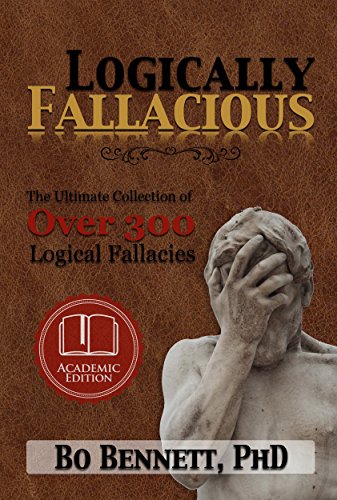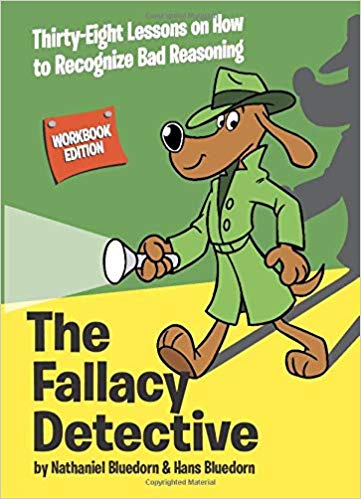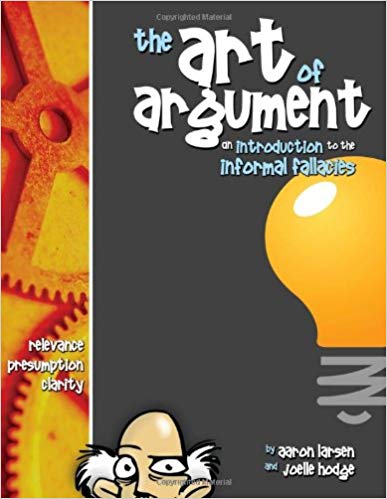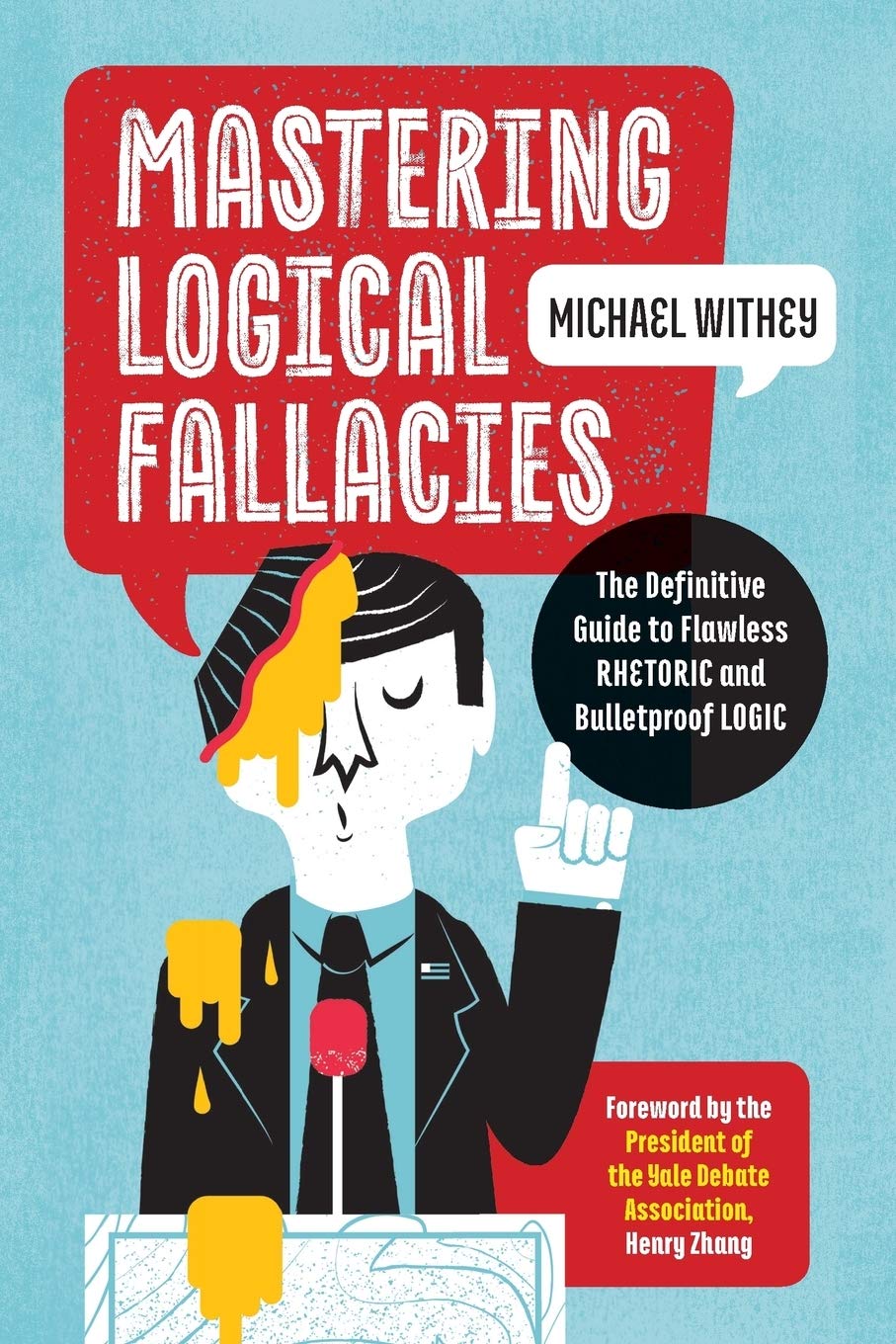
Furtive Fallacy
Furtive fallacy occurs when the outcomes seem to have been caused by the malfeasance of the decision makers involved.
Example of Furtive Fallacy
- This is most evident in when historians or scientists write articles at great lengths in description of the lives of certain personages, or events for which there is not sufficient evidence to prove the claims. The argument being made is not only without foundation, it is made with certainty (to further a point/agenda).

Books About Logical Fallacies
A few books to help you get a real handle on logical fallacies.





Furtive FallacyExtended Explanation
The Furtive Fallacy is a logical fallacy in which a conclusion is reached based on questionable or incomplete evidence. It is also known as the fallacy of the suppressed evidence, or the suppressed evidence fallacy. The Furtive Fallacy is committed when an arguer ignores relevant evidence and draws a conclusion based on selective evidence.
The Furtive Fallacy is a form of argumentation that relies on the suppression of evidence in order to reach a conclusion. It is a fallacy because it ignores relevant evidence that could potentially challenge the conclusion that has been drawn. This type of fallacy is often used when an individual does not have sufficient evidence to support their claim, or when they are attempting to make a point without providing adequate evidence.
The Furtive Fallacy is a form of argumentation that is often used to manipulate an audience. By selectively presenting evidence or ignoring relevant evidence, the arguer can make a case appear more convincing than it really is. This type of fallacy is often used in politics, where an individual may present only the evidence that supports their argument while ignoring any evidence that would challenge their conclusion.
The Furtive Fallacy is a logical fallacy that can be difficult to spot. It is important to be aware of this fallacy, as it can be used to manipulate an audience or to draw conclusions that are not supported by evidence. It is important to be mindful of the evidence that is being presented and to always consider all of the evidence when making a conclusion.